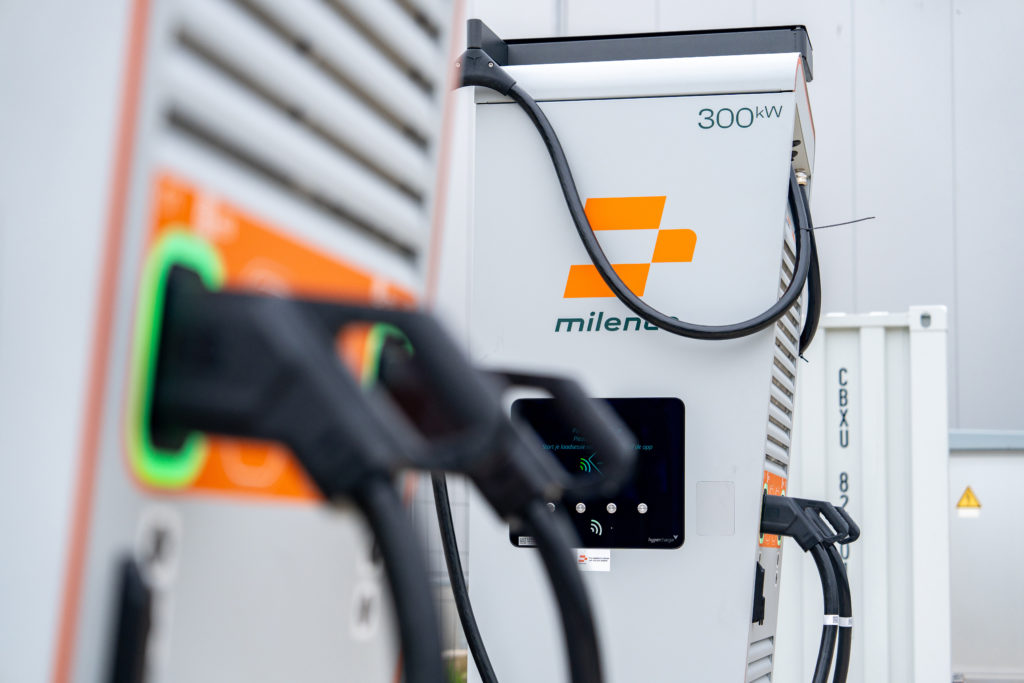Charging stations: how do you choose the right power?
Increasing the charging power delivered by a charging station reduces an electric vehicle’s downtime. But it also affects the life of batteries and increases the cost of charging facilities. How do you ensure you make the right choice?

While companies are increasingly aware of the importance of greening their fleets, the switch to electric vehicles raises certain questions. As the network of charging stations remains uneven in Europe, companies can nevertheless capitalise on the autonomy of vehicles. Choosing the right power for your charging station is therefore essential. While charging sockets are standardised to promote interoperability (the European market has chosen CCS and Type 2 sockets for charging electric vehicles), users must in turn determine the charging method best suited to their use.
Is high charging power possible and desirable?
The operation of an electric vehicle must take into account not only its range, but also the downtime spent recharging it. It is therefore tempting to increase the charging power to reduce this downtime.
The life of a battery is expressed as a number of charge-discharge cycles. Full charge, deep discharge and fast charge tend to reduce the number of cycles allowed by a battery. Tolerance of fast charging at high-powered charging stations is closely linked to battery technology.
Household socket, wallbox or charging station?
- At one extreme, a domestic socket is sufficient to charge a light electric vehicle. However, the vehicle must be parked on private land. For safety reasons, the power is limited to 1.4 kW in this case. However, “reinforced” sockets allow 2.3 kW or even 3.7 kW.
- A wallbox distributes up to 7.4 kW. It differs from a simple household socket by its integrated circuit breaker and instant adjustment of the charging power. Like a household socket, a wallbox typically supplies AC power that is rectified on board the vehicle.
- For higher charging capacities, the equipment takes up more room and comes in the form of a floor-mounted charging station. This station often rectifies the current. 22 kW is the maximum power allowed by many light vehicles, while it is considered a minimum for heavy vehicles. Some of these can handle up to 450 kW. The price of the stations depends on their power.
Renault Kangoo Electric can be equipped with a 33 kWh battery and a 7.4 kW on-board charger (rectifier). In this configuration and with a 7.4 kW wallbox, a full charge takes 6 hours, meaning that range is restored at a rate of 35 km per hour of charging.
Operation dependent on driving range around charging stations
If their size allows it, electric vans can take advantage of the public network of charging stations set up for private cars.
In the absence of suitable public charging stations, electric HGVs rely on those installed at their depot. This situation is not really a problem for captive fleets that gravitate around their home base. This is why refuse collection vehicles (RCVs) are one of the priority markets for electric trucks. They are also conquering the urban public works sector for overnight work and/or work in low emission zones (LEZs).
Far from being an afterthought, the choice of how to power an electric vehicle is as important as the choice of the vehicle itself, as the actual operation of the vehicle depends on the charging strategy applied to it.